MURNAU, GERMANY—Computed tomography scans of the mummified remains of 21 ancient Egyptian children between the ages of one and 14 revealed that seven of them showed signs of anemia, according to a Live Science report. All of the mummies in the study date from the third millennium B.C. to the fourth century A.D. and are currently held in European museums. Study team members Stephanie Panzer of the BG Hospital in Murnau, Karl O. Schneider of LMU Munich, and their colleagues explained that anemia can produce fatigue, weakness, irregular heartbeat, and death. Signs of the condition that would be detectable in the mummies would include thickened skull bones and abnormal growth in the arm and leg bones caused by the expansion of bone marrow. Lesions on the bones can also occur. Anemia can be caused by malnutrition and iron deficiency, inherited disorders such as thalassemia, and bacterial, viral, and parasitic infections. The remains of one of the children showed an enlarged tongue, an elongated skull, and an abnormal growth of the cheekbones associated with thalassemia. This child likely died of the disease, the researchers concluded. Read the original scholarly article about this research in International Journal of Osteoarchaeology. To read about CT scanning of the mummified fetuses of Tutankhamun's daughters, go to "Rediscovering Egypt's Golden Dynasty: The Pharaoh's Daughters."
Signs of Anemia Detected in Ancient Egyptian Mummies
News May 17, 2023
SHARE:
Recommended Articles
Digs & Discoveries May/June 2024
Speaking in Golden Tongues

(Egyptian Ministry of Tourism & Antiquities)
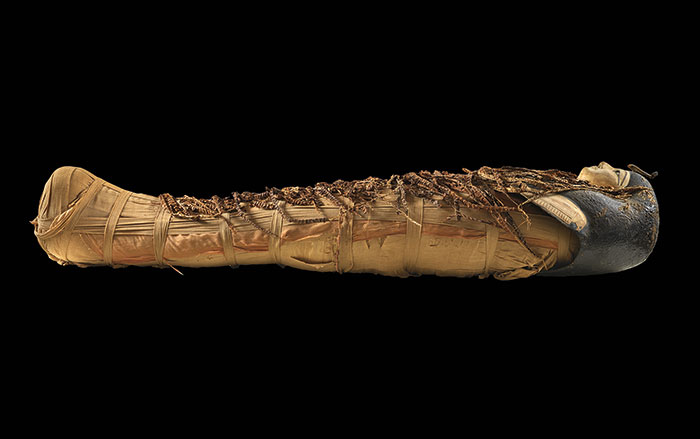
(Courtesy Sahar Saleem)
Rediscovering Egypt's Golden Dynasty September/October 2022
Who Was Tut’s Mother?

(Ken Garrett)
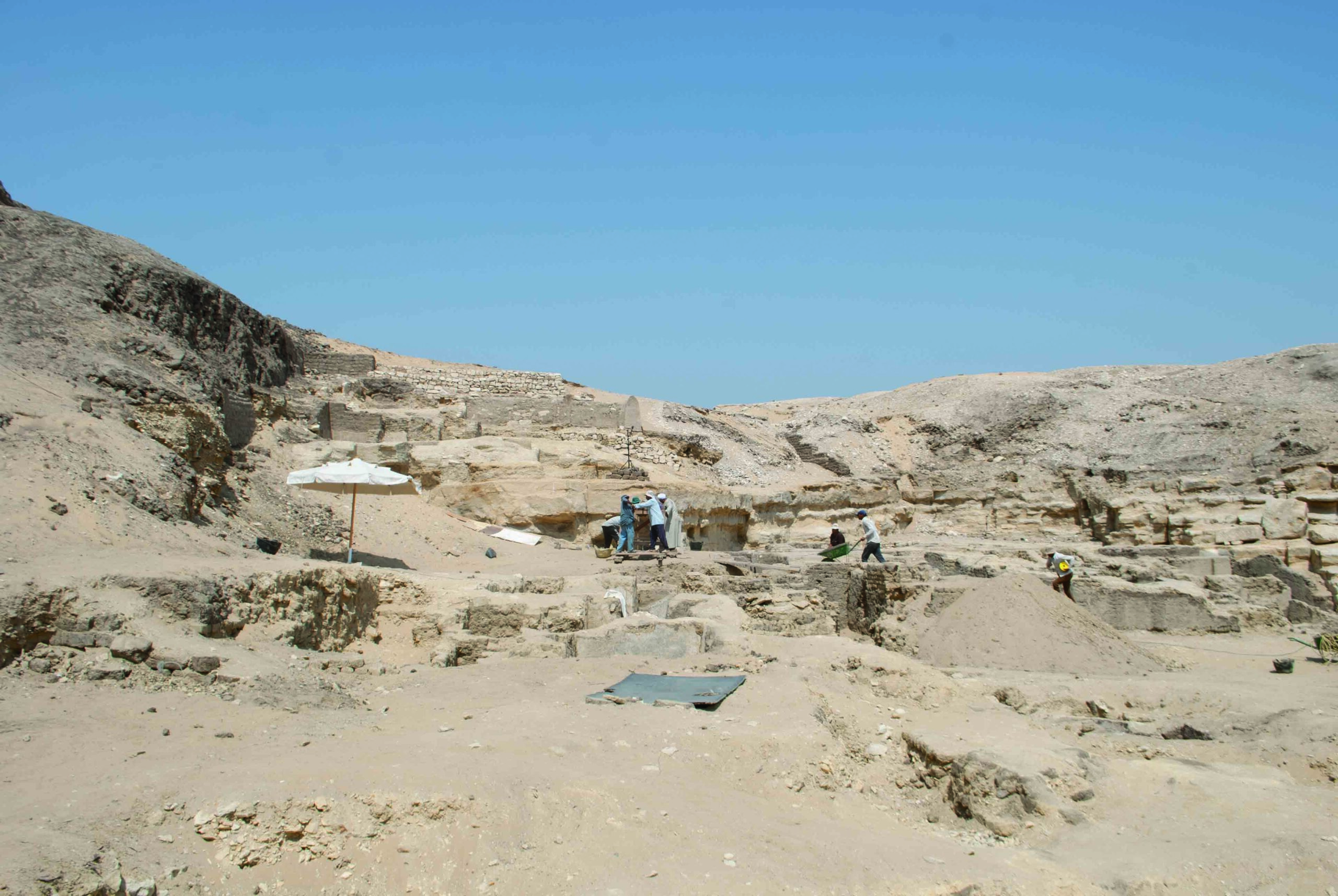
(Courtesy Egyptian Ministry of Tourism & Antiquities)
-
Features March/April 2023
The Shaman's Secrets
9,000 years ago, two people were buried in Germany with hundreds of ritual objects—who were they?
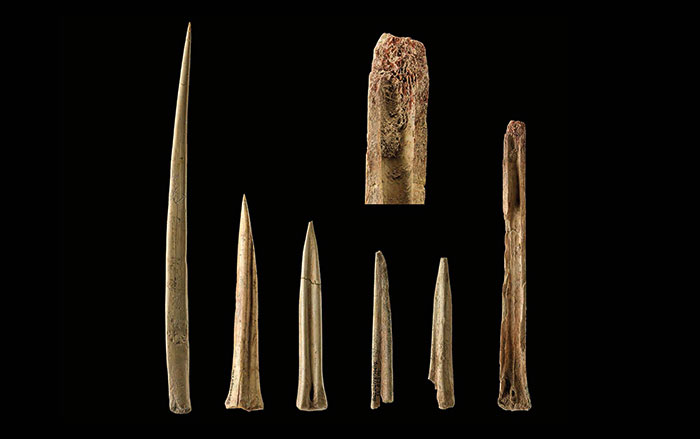 Photographs Juraj Lipták
Photographs Juraj Lipták -
Letter from the Faroes March/April 2023
Lost History of the Sheep Islands
New evidence shows that the remote North Atlantic archipelago was settled hundreds of years before the Vikings reached its shores
 (Polhansen/Adobe Stock)
(Polhansen/Adobe Stock) -
Artifacts March/April 2023
Andean Wind Instruments
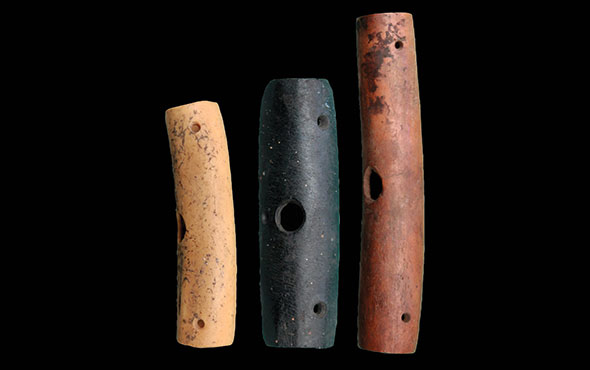 (Luis Manuel González La Rosa)
(Luis Manuel González La Rosa) -
Digs & Discoveries March/April 2023
Peru’s Lost Temple
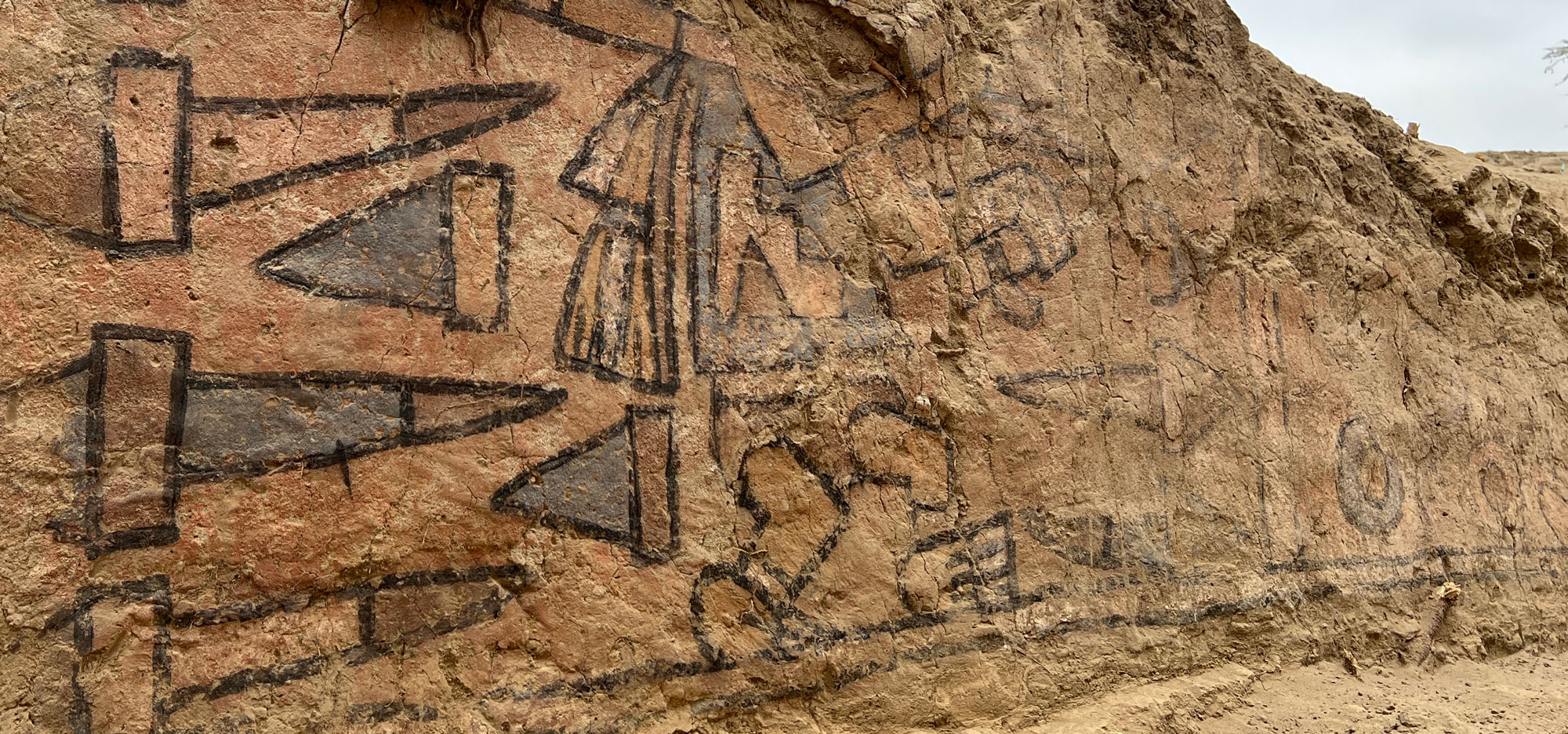 (Courtesy Sâm Ghavami)
(Courtesy Sâm Ghavami)


